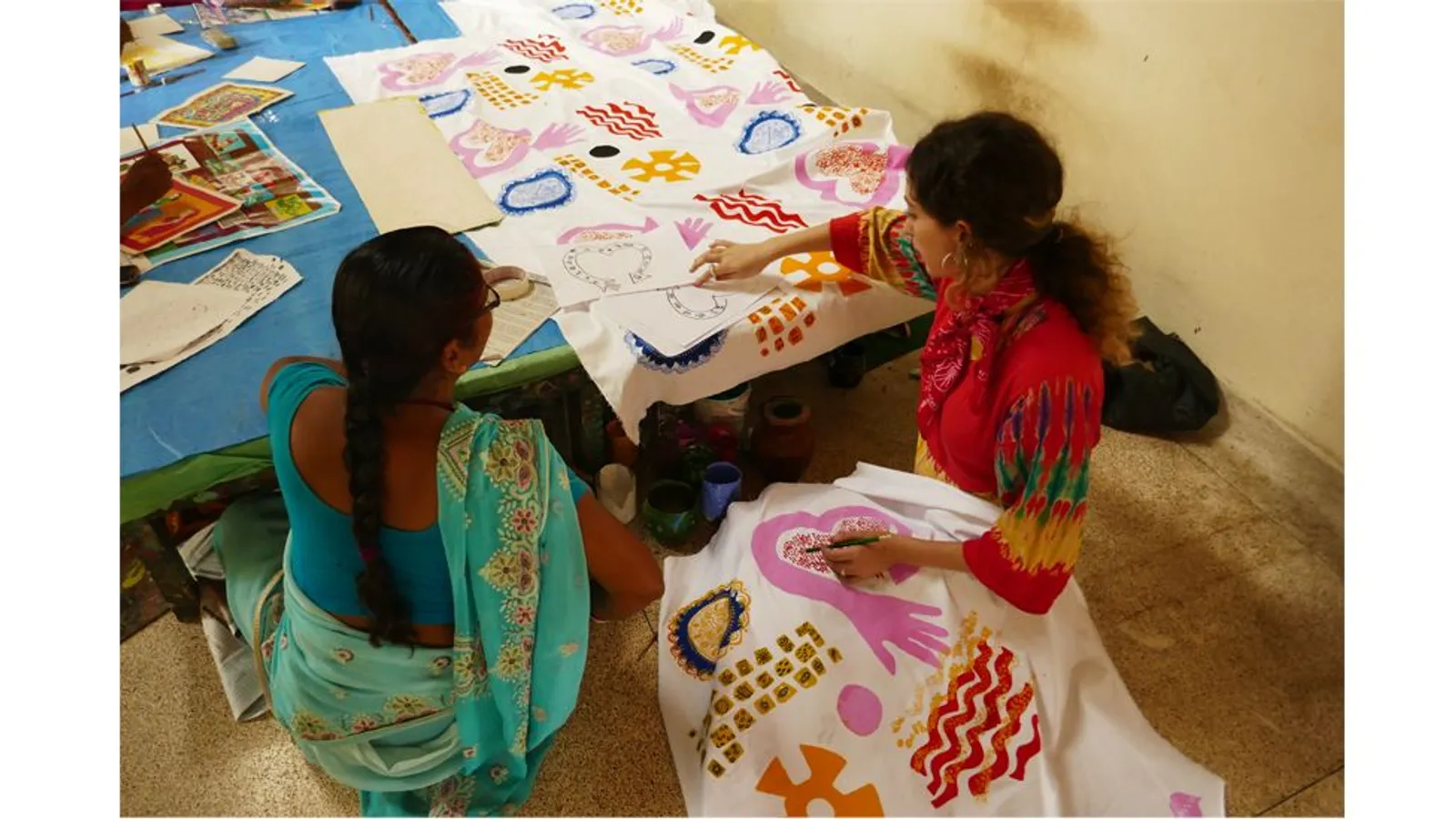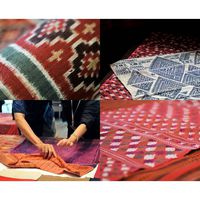From cultural appropriation to a shared vision

What defines cultural appropriation? This is a question that Bel Jacobs asks in this long-form article on the BBC, drawing from well-known examples of cultural theft, as well as experts and good practices in the field of fashion and textile design.
She begins by presenting the challenges:
In 2019, a major Italian fashion house launched a collection of maxi dresses and skirts in cotton poplin, broadly edged with contrasting ethnic prints of distinctive swirls and star shapes. Only if you'd visited the small Oma communities in northern Lao PDR, would you have noticed that the designs were simply digital prints of the tribe's traditional clothing: handspun, indigo-dyed garments with vibrant appliqué and embroidery. Lauren Ellis, at the time an employee of Traditional Arts and Ethnology Centre, had. "They had copied the patterns exactly," she told the Laotian Times. "I couldn't believe that this major brand would sell such blatantly stolen designs."
Working with the Oma, the centre launched a campaign highlighting the situation. "The handmade textiles of the Oma are incredibly detailed, taking a huge amount of time, skill, and patience," said co-director Tara Gujadhur. "To see them reduced to a printed pattern on a mass-produced garment is heart-breaking." Dr Marie-Pierre Lissoir, the centre's ethnomusicologist and researcher, added: "Communities and their traditions are in constant change. They adapt themselves and get inspired by other cultures." However, this was not a case of a brand being inspired by motifs, and reinterpreting them, she says. "They simply scanned a handmade piece and printed it on clothes without even mentioning the existence of Oma community. This is not cultural appreciation. This is not creative interpretation."
Why does our concern about cultural appropriation matter? Designers and artists have been drawing inspiration from each other for millennia. Cut off that blood supply of creative exchange and communities would be left, not only with a smaller palette of ideas but far narrower views of the world and the other ways of being on it. Plus, the difference between cultural appropriation and appreciation can be thin; after all, why copy something if you don't love it?
Read the full article on the BBC.
Image: Textiles designer Ellen Rock works in close collaboration with local artisans (Credit: Ellen Rock, via the BBC).
Similar content
from - to
12 Nov 2013 - 12 Jan 2014
30 May 2016
16 May 2014
posted on
25 Apr 2017
26 Jun 2014



